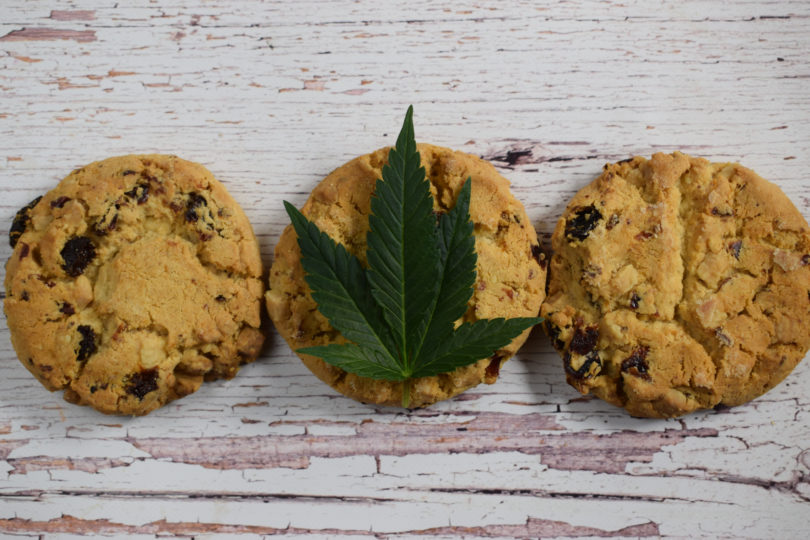While cannabis legalization has gone swimmingly in Canada since 2018, for the most part, there are still some kinks that need to be ironed out.
Edibles are one quagmire the Canadian government finds themselves deeply entrenched in, and they’re supposed to become legal soon. When cannabis for recreational use was made legal in Canada in 2018, it marked a historic day for the country as well as the rest of the world.
Being only the second country ever to legalize cannabis, after Uraguay, the legalization process has gone well. However, as is to be expected with such a drastic change in policy and an end to prohibition, it hasn’t been smooth sailing by any stretch. That includes for consumers, medical users, and the government.
As it stands, cannabis is legal for 18 or 19-year-olds (depending on the province) to possess, grow and purchase, up to 30 grams maximum. And while rules and regulations differ from province-to-province, cannabis edibles have been stuck in a rut ever since legalization on October 17, 2018.
There are several unclear parameters, with muddy waters clouding matters more and more. Whether it’s getting research licenses, building manufacturing plants, or developing new compliant products, many people are finding it hard to come to terms with the new red tape.
Establishing regulations is still a work in progress post legalization
Vice-President of innovation at CannTrust Holdings Inc., Jeffrey Zietlow, said about the edibles situation in Canada, “It’s a challenge,” he said, according to a CTV News report. “Everyone is running for the October deadline, and we’re trying to develop multiple products at the same time.”
Things are moving, as Health Canada, responsible for helping Canadians to stay healthy, already submitted their report. That report contained their proposed edibles regulations which are now under review by The federal health agency.
The government officials in Canada are aware that edibles are big money, and that puts them under some significant pressure. The edibles market across North America in 2017 was estimated to be around the $1 billion mark. According to forecasters, that number is expected to grow to $4.1 billion within three years. The items included in the “edibles” umbrella that are earmarked for legalization are inhalable extracts, beverages, and topicals for the skin.
Trouble lies ahead, and it’s all to do with awkward regulations that make up the “teething phase” of legalization. One issue is that as soon as the drafted regulations currently under review are published, companies will need to amend their processing licenses to include edibles. Those companies can’t even apply for the amendment until the regulations are laid out clearly.
This means that, in reality, being allowed to manufacture Edibles could take up to a year, so they won’t be hitting shelves any time soon. That said, the Chief Executive of Organigram, Greg Engle, is sure his company will have products ready for sale in time for the fall.
The issue for them surrounds the same problem that has faced cannabis companies in Canada since legalization; supply. “We don’t want to launch a product and then not have it available a week later. We want to have some sufficient inventory on 1/8th 3/8 market and be able to continue to supply products,” Engle explained.
The timetable might remain murky when it comes to legalizing edibles in Canada. The red tape and bureaucracy are also annoying, but within a year it’s likely that Canada will see full legalization on their shores. A move that can’t come quickly enough for some people.
